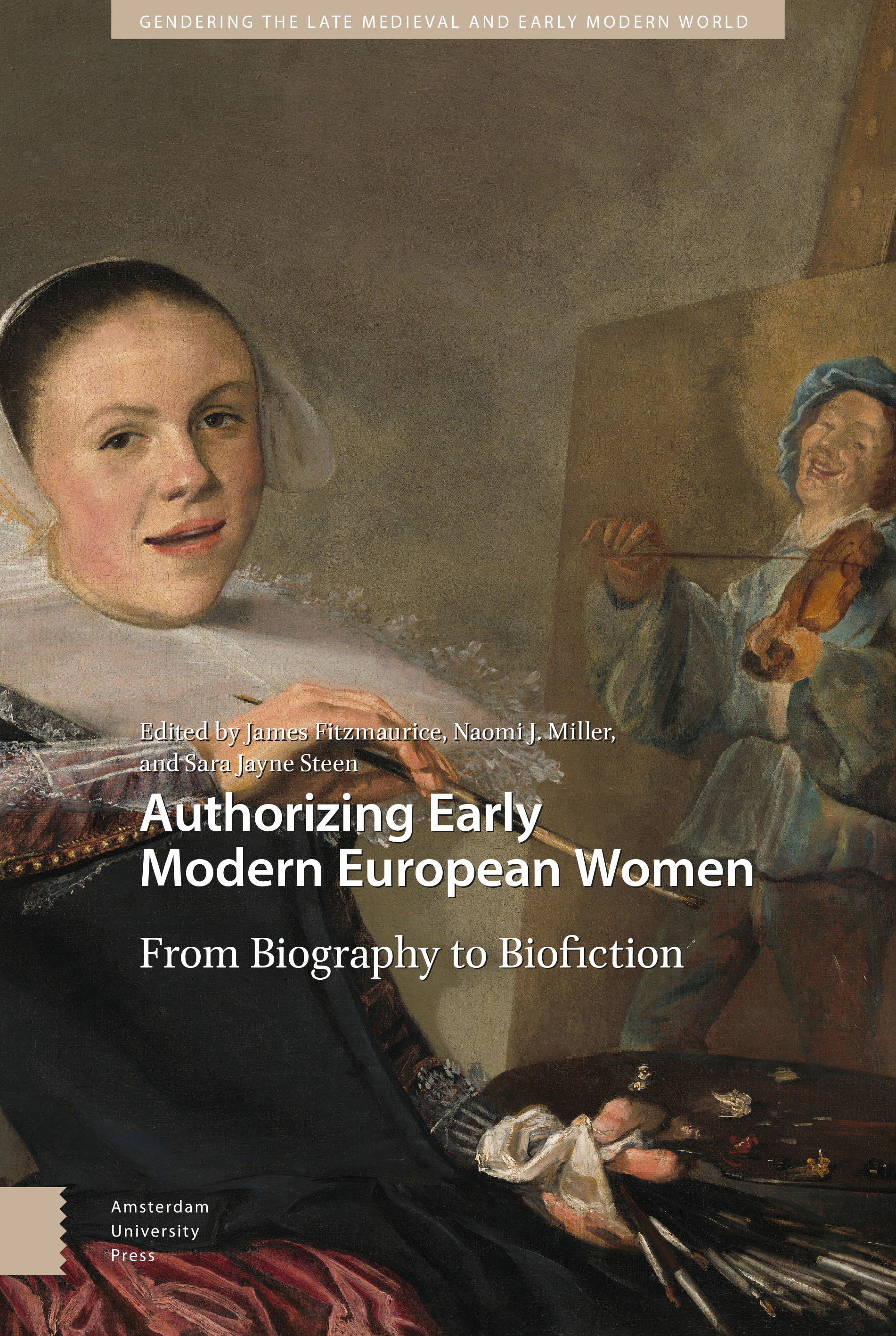18 - “‘I Am Artemisia’: Art and Trauma in Joy McCullough’s Blood Water Paint”
Published online by Cambridge University Press: 16 December 2021
Summary
Abstract
Joy McCullough's 2018 verse novel Blood Water Paint is the first novel to imagine Artemisia's story for a Young Adult (YA) audience. The novel takes as its focus Artemisia's girlhood, and the novel ends after the rape trial of Agostino Tassi. Blood Water Paint is a portrait of the young Artemisia for the #MeToo generation, a novel that positions trauma as key to understanding Artemisia's art while at the same time affirming her ability to overcome her circumstances. McCullough's representation of Artemisia differs from other Artemisia biofictions in its portrait of female creativity. In Blood Water Paint, it is Artemisia's dead mother, as well as an imagined sisterhood of her artistic subjects – Susanna and Judith – who are her artistic inspirations.
Keywords: Artemisia Gentileschi, early modern women, historical fiction, Young Adult fiction, rape
The early modern painter Artemisia Gentileschi is one of the relatively few early modern female artists whose life has been regularly inscribed into fiction. Artemisia is consistently represented as an exceptional woman, in that she achieved success as a professional painter at a time hostile to female artists. Biofictions about Artemisia, however, generally foreground her rape in 1611 at the hands of another painter, Agostino Tassi, as central to understanding both her life and her art. Artemisia's father, Orazio, also a painter, had seemingly hired Tassi to teach Artemisia perspective. After the rape, Orazio pressed charges against Tassi, who was banished from Rome; while Artemisia's account was vindicated, the sentence was never carried out. Like other biofictions, Joy McCullough's recent Young Adult biofiction, Blood Water Paint (2018), positions this trauma as key to understanding Artemisia's art, while at the same time it affirms her ability to overcome her circumstances to become a successful professional artist. Unlike its predecessors, Blood Water Paint foregrounds the female influences on the development of Artemisia's art, and speaks directly to the #MeToo generation in its portrait of Artemisia's trauma and recovery.
Artemisia Gentileschi's art has long been interpreted through the lens of her life. Mary D. Garrard's 1989 Artemisia Gentileschi: The Image of the Female Hero in Baroque Art was the first major monograph about Artemisia and has been a foundational text in restoring Artemisia to her place in early modern art history.
- Type
- Chapter
- Information
- Authorizing Early Modern European WomenFrom Biography to Biofiction, pp. 235 - 248Publisher: Amsterdam University PressPrint publication year: 2021

